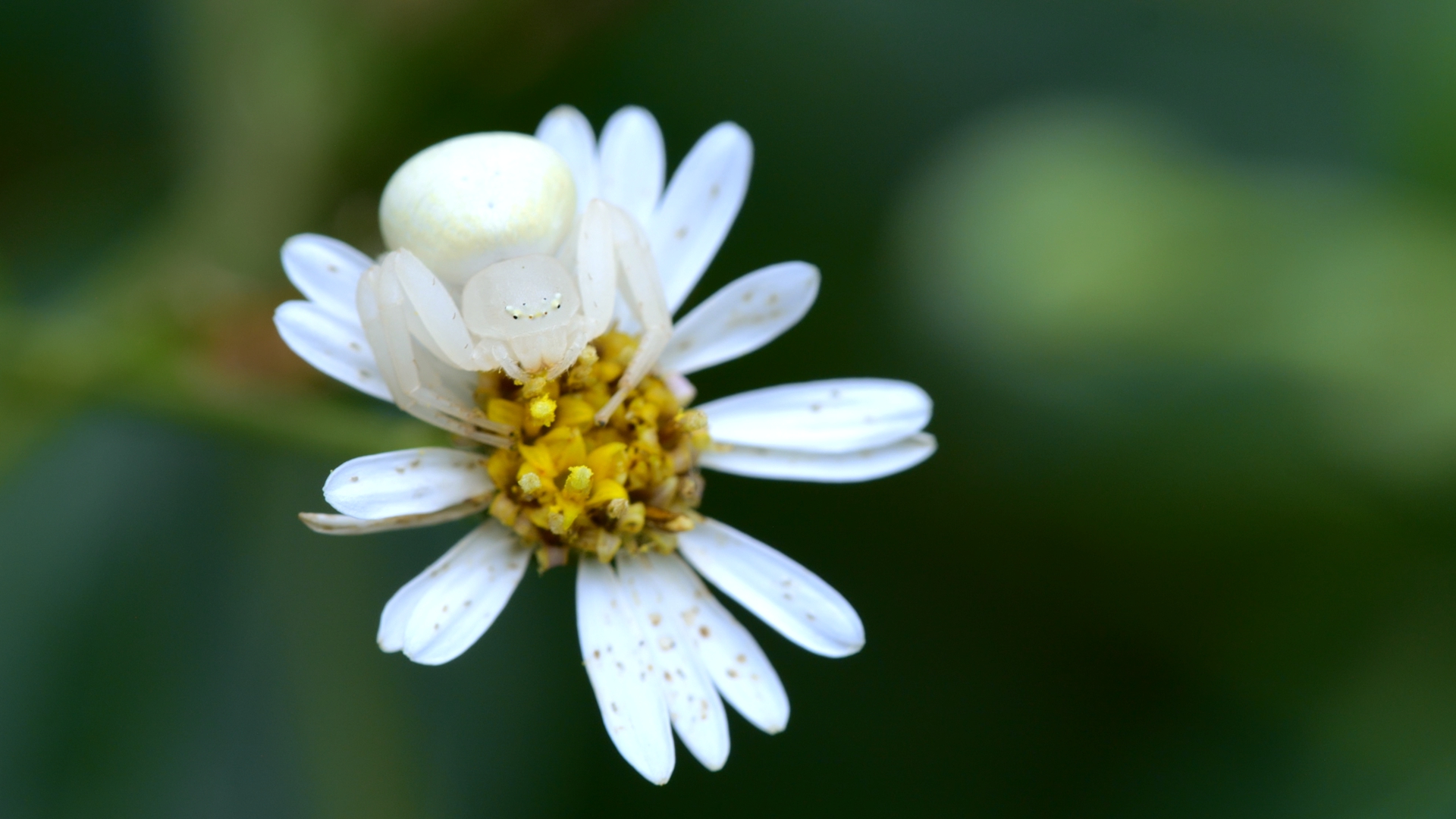05:26

Unlike other arachnids, the crab spider doesn't weave webs to entangle prey. It has to fill its belly by other means. The camouflage of the spider serves as its most effective weapon. It finds a similarly-hued flower and hides in plain sight. Then, all it needs to do is to wait.
A bee seems oblivious to the danger, and the crab spider shifts for an optimal angle to catch the prey. Thanks to another bee, a timely rescue has foiled its attempted assault. The spider doesn't give up; it decides to move on to another flower, waiting for another unsuspecting candidate.
About 'Journeys in Nature': Greater Bay Area Series
Comprising Hong Kong, Macao and nine cities in south China's Guangdong Province, the Guangdong-Hong Kong-Macao Greater Bay Area (GBA) is one of the largest and most populated urban area in the world, with its natural world hustle, bustle. A crab spider has targeted a wasp, a fairy pitta mother is busy with child-rearing, other forest residents such as the Chinese flying frogs, the crab-eating mongooses and the silver pheasants are wandering along the rivers and streams, while the marine creatures have own roles to play in the undersea community. Stay tuned for more!
(Cover image video screenshot)
(If you want to contribute and have specific expertise, please contact us at nature@cgtn.com.)